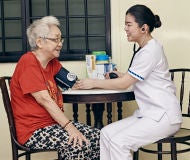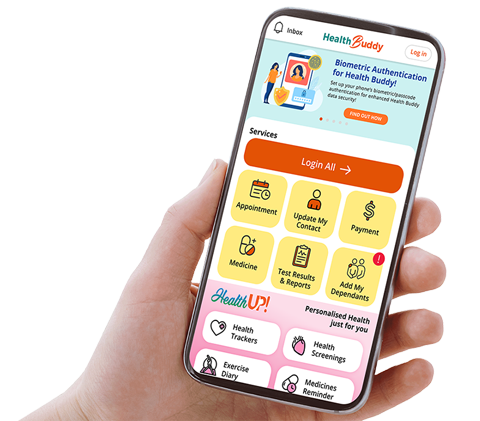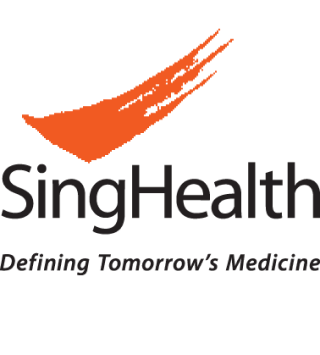Singapore General Hospital will NEVER ask you to transfer money over a call. If in doubt, call the 24/7 ScamShield helpline at 1799, or visit the ScamShield website at www.scamshield.gov.sg.
We’d love to hear from you! Rate the SGH website and share your feedback so we can enhance your online experience and serve you better. Click here to rate us
What is Outpatient Parenteral Antimicrobial Therapy (OPAT)?
Outpatient Parenteral Antimicrobial Therapy (OPAT) offers patients the opportunity to receive intravenous (IV) antibiotics or other antimicrobial medications outside of a hospital setting. This approach has allowed individuals to receive necessary therapy while avoiding prolonged hospital stays.
If you are considering this treatment option, read on to learn about what it is and whether it is right for you.
OPAT in a Nutshell
OPAT is a treatment option that enables patients to receive intravenous antimicrobial therapy outside of the traditional hospital environment. Candidates for OPAT generally fall into one of two categories:
- those who have completed an initial phase of antibiotic treatment in the hospital but require ongoing therapy, and
- those who can be directly admitted to OPAT without a hospital stay
What do I need to consider if I'm interested in OPAT?

1. Vascular Catheter
2. Infusion Pump or Daily Infusion
Our doctors will determine the mode of antibiotics delivery. It could be done via:
- Daily infusion: this involves daily visits to OPAT clinic for about 30 minutes up to 3 hours depending on your type of antibiotics where the OPAT nurses will administer the antibiotics.
- Pump infusion: the antibiotics will be infused into patients through elastomeric pumps which will need to be changed at home every 24-48 hours. One may continue daily activities at home and return to work without much inconvenience. The remaining pumps will need to be kept in a refrigerator at 2-8°C (avoid putting them in the freezer).
3. Transport and Caregiver
Outpatient therapy necessitates travel to a healthcare facility for antibiotics administration, regular blood tests monitoring and intravenous line dressing change. Patients must consider transport logistics and ensure they have reliable means of getting to their appointments. Additionally, it is important to have a caregiver or support system that can assist with transportation and monitoring of the OPAT regimen.
Risks Associated with OPAT
OPAT also comes with potential risks and complications. It is essential to be aware of these risks and take steps to minimize them. The risks are usually related to:
- Infection being treated.
- Antibiotics administered.
- These may cause rash or other side effects. Your doctor may advise a change of antibiotics.
- Infected vascular catheter
How to minimise the risks?
To minimize risks associated with OPAT, it is important to maintain open communication with your healthcare team, diligently follow the prescribed treatment plan, and be vigilant for any signs of complications.
Other steps include:
- Prevent the vascular catheter from getting wet.
- Call OPAT clinic during office hours or head to the emergency department if you encounter fever, rash, pain, redness, swelling or discharges over your CVC/PICC exit site.
Frequently Asked Questions (FAQs)

Do I need to return to the hospital daily?
- Once a day for 1-3 hours for IV infusion;
- Once a day for intramuscular injection
- Once a week for blood test and changing of the CVC/PICC dressing
How much does OPAT cost?
Where do I learn more about OPAT?
Click "Play" on the introductory video below which will give you a better idea of how OPAT is performed:
What happens during OPAT?
Stay Healthy With
Outram Road, Singapore 169608
© 2025 SingHealth Group. All Rights Reserved.



















